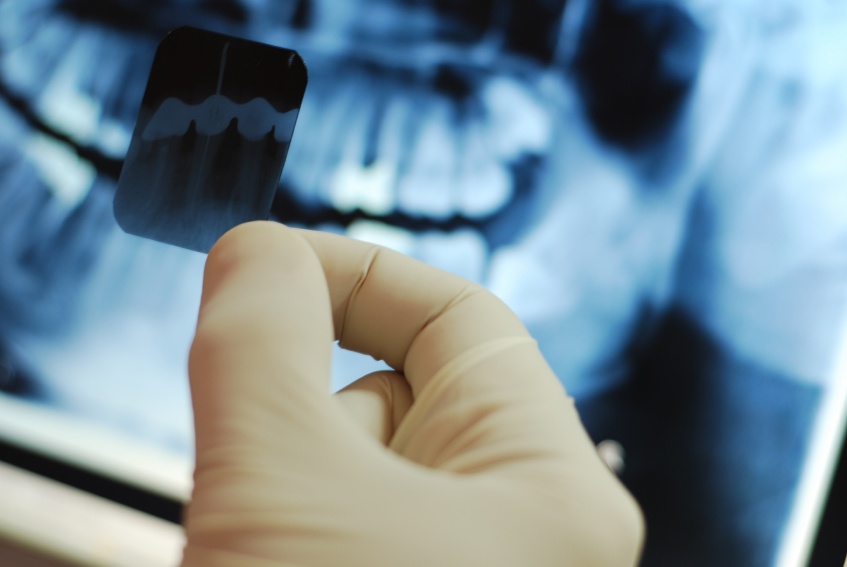
Taking X-rays is a common practice in a dentist office. They can provide clues to diagnose diseases and injuries. While they are helpful, X-rays can also be dangerous if not used by someone who understands how they work and how to manage the risk for both the patient and staff.
- Limit the Patient’s X-Ray Exposure
The patient’s X-ray exposure should be limited as much as possible. On average, one chest X-ray is equivalent to 10 days’ worth of the natural background radiation a person is exposed to in most regions.
- Remove All Metallic Items from the X-Ray Field
Metal items like jewelry can cause interference when taking an X-ray. Have patients remove these items and ensure that no dental tools or equipment are found in the X-ray field. This will improve the accuracy of the image.
- Wear a Personal Radiation Detection Device
A personal radiation detection device, or dosimeter, won’t provide protection from exposure, but it will alert the wearer when they are nearing dangerous levels.
- Identify Problems & Alert Others When X-Ray Equipment Malfunctions
Never ignore a problem with X-ray equipment. As soon as an issue is identified, stop using the equipment and display a sign indicating there is a problem with your name and the date. Immediately contact a professional to inspect the device.
- Only a Trained Electrical Professional Should Work on X-Ray Equipment
X-ray generators use electricity. They are powered by a highly-regulated DC supply that operates between 40kV and 50 kV. This is necessary to produce optimum X-ray flux. Any equipment replacement or repair should be handled by a trained electrical engineer only.
Contact Strategic Practice Solutions today and SIGN-UP for our next comprehensive two-day dental X-ray certification course; January 2018 in Southeast Michigan.
This course meets the Michigan Board of Dentistry requirement for dental assistant training. Certificates are awarded upon successful completion of the entire program.
#StrategicPracticeSolutions #DentalXRayCertification
 Strategic Practice Solutions, LLC
Strategic Practice Solutions, LLC